Trip Down iPhone Memory Lane: From First iPhone To iPhone 14, The Evolution Of Apple's Star Offering
From 3G-enabled iPhones to the ‘mini’ trend, here’s a quick look at all the iPhones launched to date.

September’s here and a new iPhone series launch looms on the horizon. Even as we wait for Apple to show the new iPhones officially, it is interesting to see how far the phone which many claim triggered the smartphone revolution and is even called the “Godphone” has come since the first iPhone was launched back in 2007.
Apple has launched a number of iPhones over the years, going from a single device in a year to as many as four. So as a new iPhone gets set to walk into the smartphone spotlight, we decided to take a trip down the iPhone memory lane, touching base with ghosts of iPhones, to see how far Apple’s premium offering has come.
Here is a quick look at every iPhone ever released:
iPhone: An iPod, A Phone, And An Internet Communicator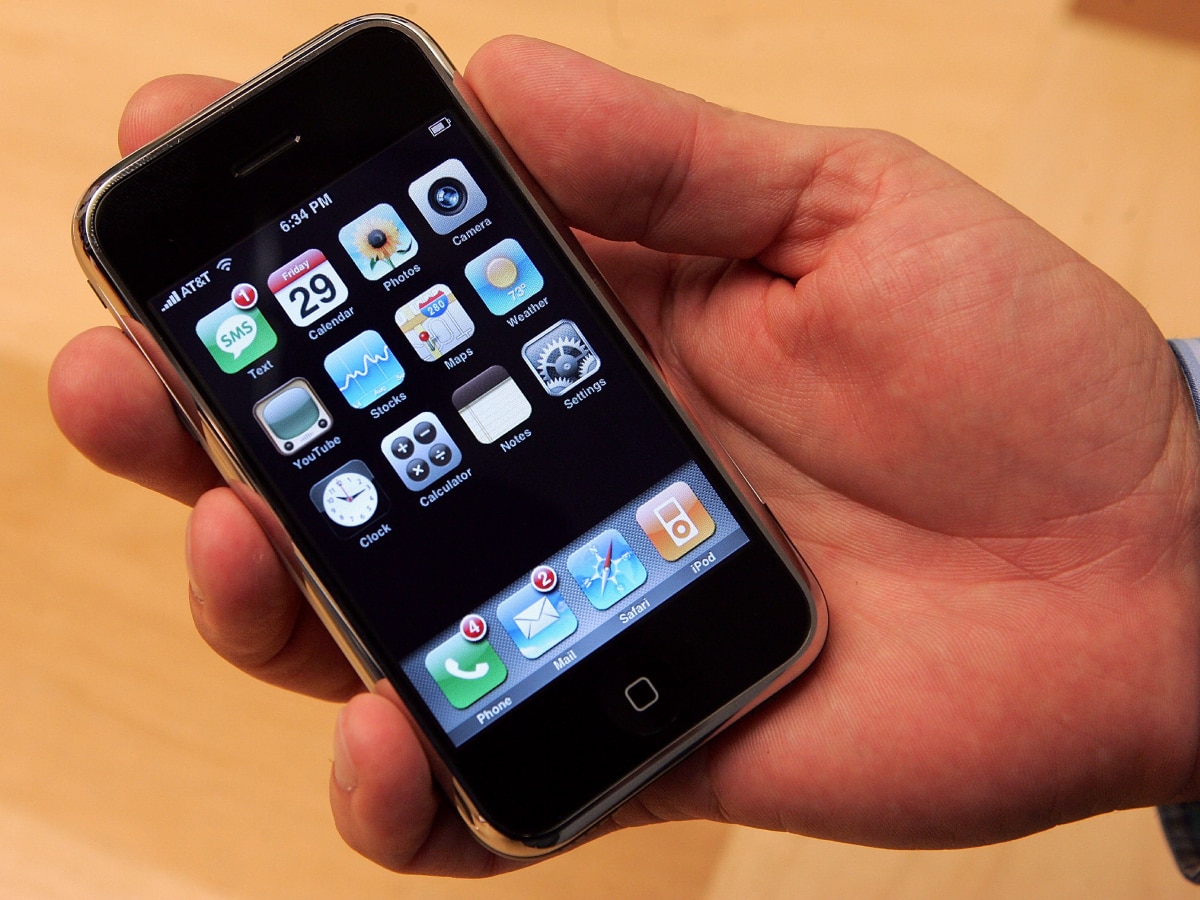
On January 9, 2007, at MacWorld Convention, Apple co-founder and then-CEO Steve Jobs announced that Apple will be launching a phone, with the iconic line "an iPod, a phone and an Internet communicator. We are calling it iPhone."
On June 29, 2007, Apple launched the iPhone in stores. It was perhaps the first fully touchscreen smartphone that was designed to work without a stylus (Windows Mobile and Palm OS devices had touchscreens but needed styluses).
The phone came with an inbuilt media player and a fully-fledged Web browser. It came with a 3.5-inch screen, a 2-megapixel camera, and storage of up to 16GB. This may not sound like much compared to what’s out there in the market today but the original iPhone was way ahead of the competition.
It was criticised heavily for not having expandable memory and for having a fixed focus camera, but users were enraptured by the multi-touch interface and the swipe-to-unlock option.
Ironically, it did not support apps, with Jobs pushing for web-based apps instead of apps installed on the phone. It got off to a slightly bumpy start, but with the aid of a price cut, slowly picked up speed, and well, smartphones would never be the same again.
iPhone 3G: The App Store Cometh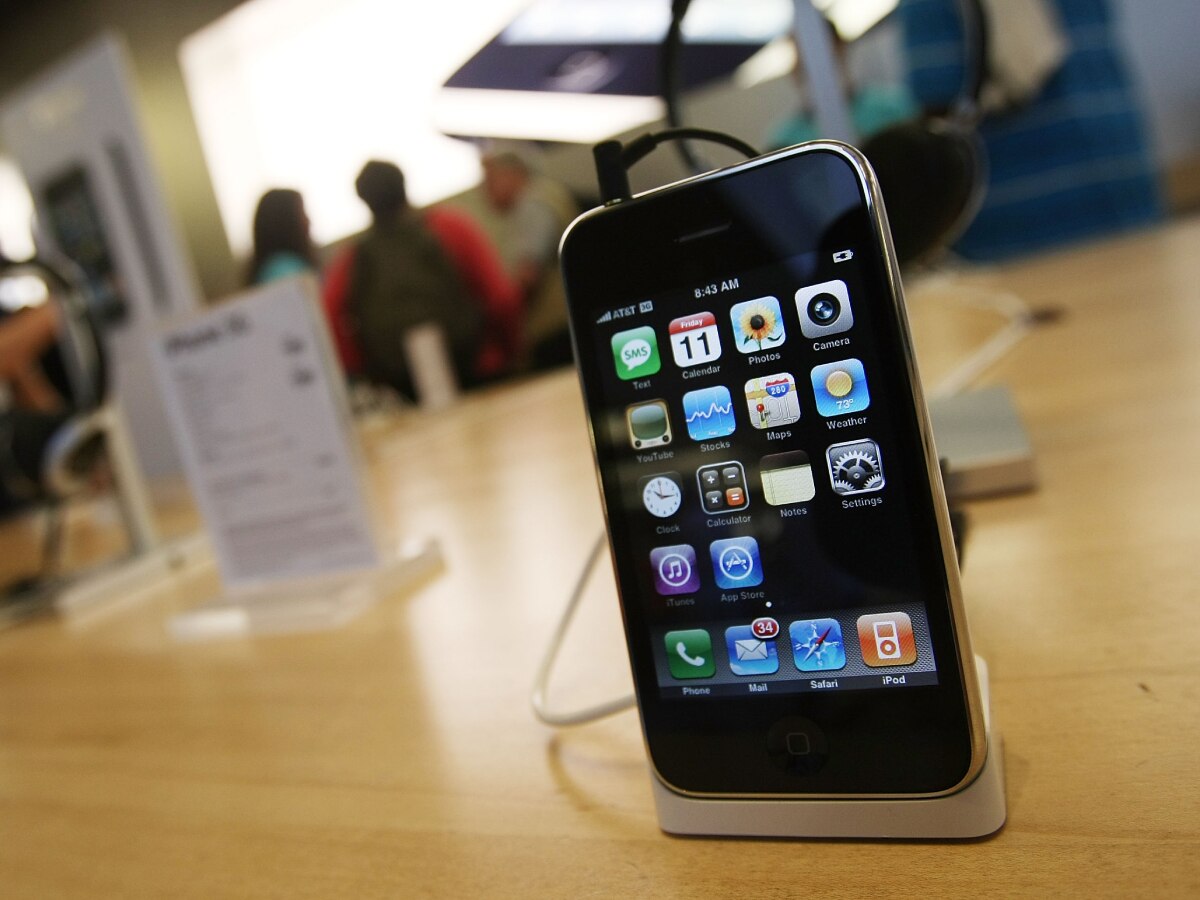
With the first iPhone becoming a rage, Apple launched a new iPhone on June 9, 2008, the iPhone 3G. The basic design of the device remained the same, although Apple replaced the metal back of the first iPhone with a plastic one.
There were not too many spec differences between the iPhone 3G and the original iPhone but Apple added 3G connectivity to the mix and also brought better email and navigation to the table. Most significantly, the iPhone 3G was the first to come with the App Store, allowing users to download and install apps from a secure and trusted source.
The app revolution had started. And so had crazy level iPhone sales — by the first weekend after it was released, the iPhone 3G had already sold over a million units.
iPhone 3GS: S For Speed
Launched on June 8, 2009, the iPhone 3GS was perhaps the first real upgrade of the original iPhone. The design was largely similar and the display size remained the same, but its quality was improved. Storage was bumped all the way up to 32 GB, double the 16GB limit on the previous models.
The phone also saw Apple beginning to pay attention to a feature that is now one of its greatest assets, the iPhone 3GS was the first iPhone to come with a noteworthy camera - a 3-megapixel camera with autofocus, touch to focus, and the ability to record video (yes, the first two iPhones could not even record video).
It also got a major speed boost, thanks to a better 600Hz processor, added a digital compass, and many accessibility features. It also added a new dimension to smartphone nomenclature, with the 'S' in its name standing for 'Speed.'
iPhone 4: Straight Sides, Retina Display, Apple Chip, Leaks, and Antennagate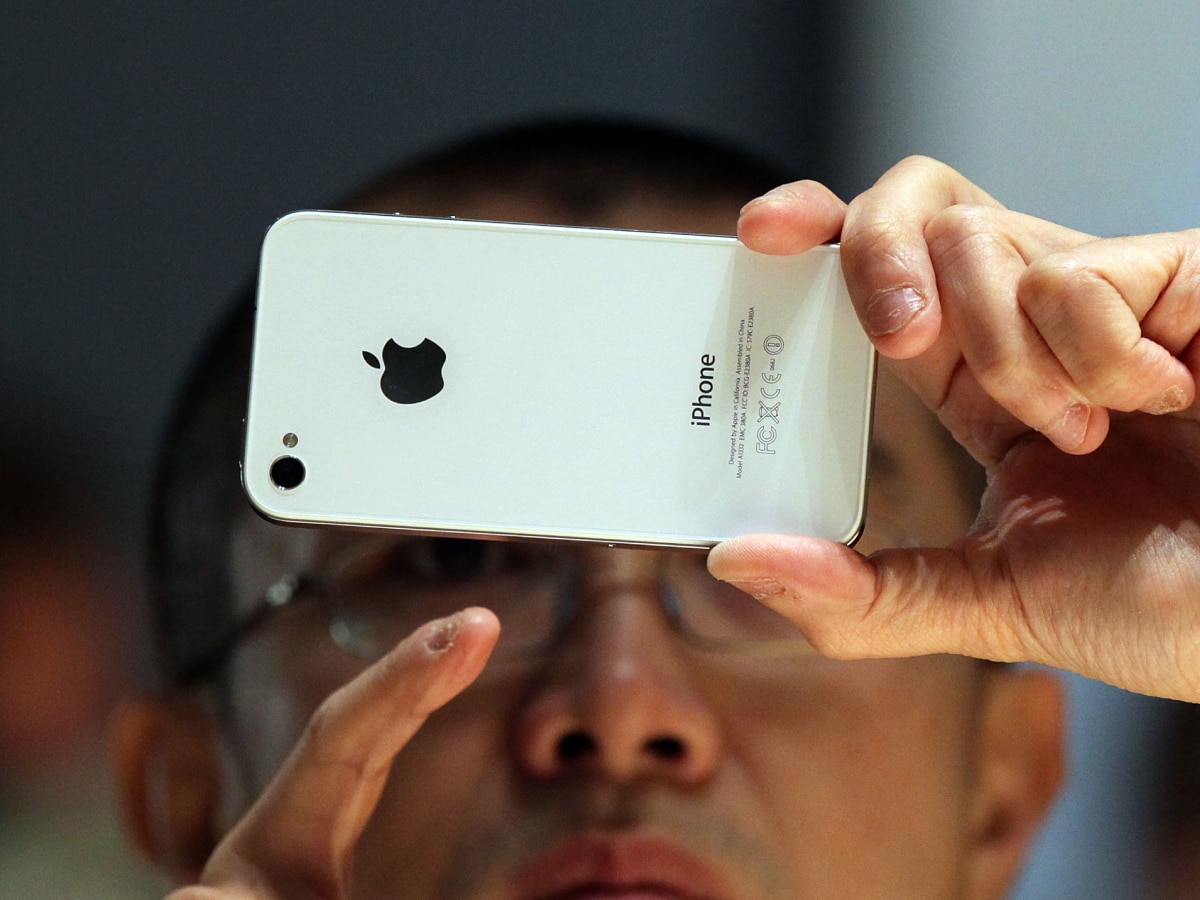
Perhaps the most controversial iPhone of all, the iPhone 4 which was launched on June 7, 2010. The phone came with a revamped design with a flat glass back, metallic flat sides and Apple's own chipset called the A4.
The phone was also the first iPhone to come with a front-facing camera for selfies and FaceTime calls. It still had a 3.5-inch display, but the resolution was bumped up and a new word was added to tech jargon "retina display."
The back camera also was bumped up to 5-megapixel and was accompanied by an LED flash for better low-light pictures. The phone, however, was one of the first to get 'leaked' leading to a war between Apple and a tech website.
A few months into its release, it was also reported to be dropping calls because of the placement of its antennas, a problem that became famous as "antennagate." For all the noise its critics made, it still sold like hotcakes.
iPhone 4S: Hi, Siri. Bye, Steve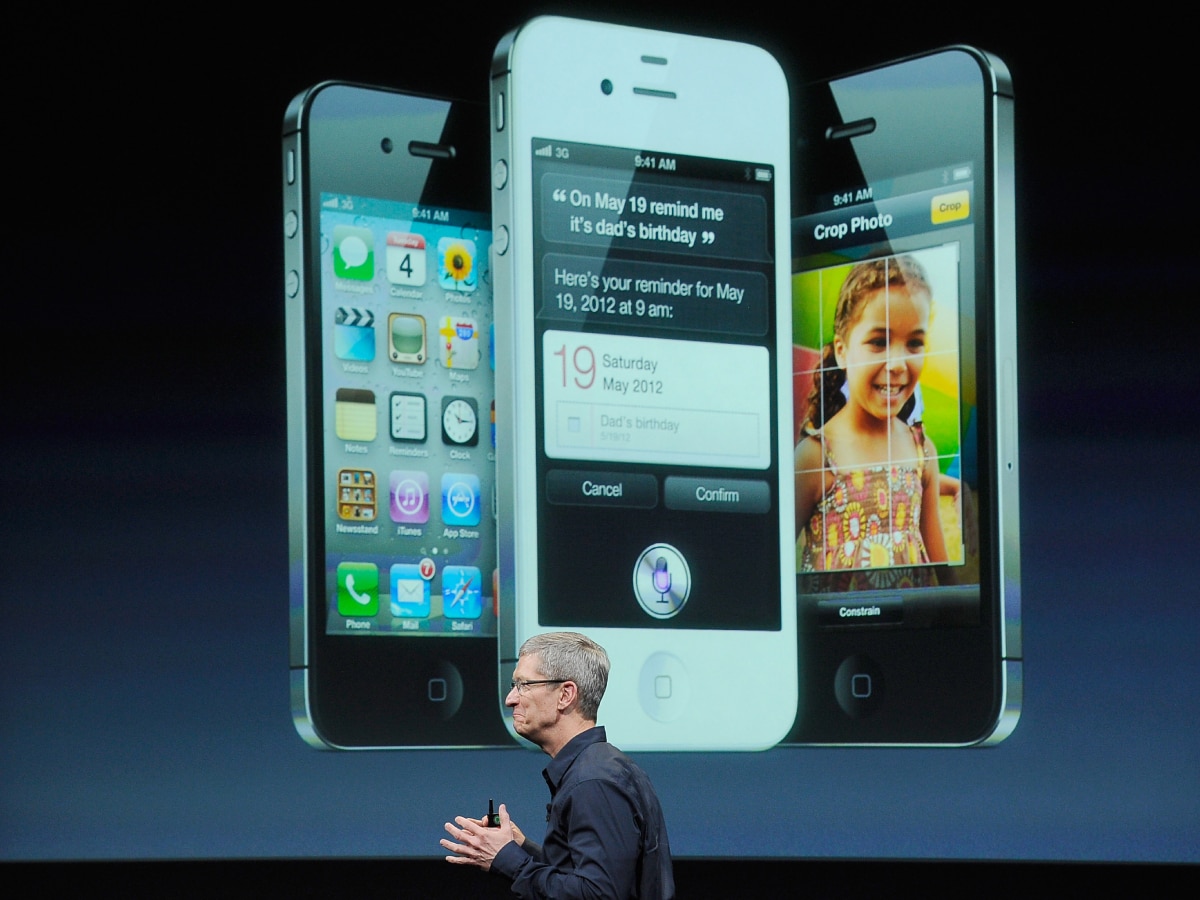
The iPhone 4S saw Apple change its launch schedule, moving it from June to later in the year. Launched on October 4, 2011, the iPhone 4S was an improved version of the iPhone 4. The phone came with a more capable A5 chipset, the camera on the back was pushed to 8 megapixels, now capable of recording video in 1080p.
But perhaps the star of the show was the voice assistant, which answered questions after you invoked it by saying "Hey, Siri." The phones sold a whopping four million units by the end of the first weekend since its release. It was also the last iPhone with which Steve Jobs was actively involved, he passed away the day after its release.
iPhone 5: Bring On A Big(ger) Display
The first iPhone to be released in the post-Jobs era, the iPhone 5 came with some big changes. Quite literally. Released on September 12, 2012, it was the first iPhone with a bigger 4-inch Retina display, moving up from the 3.5-inch display on previous iPhones. It sported an all-metal back design and came with a more powerful A6 chipset, an improved 1.2-megapixel front camera, and 4G connectivity.
It was also the first phone to ditch the pin charger and come with the iconic Lightning port. As expected, it was a bestseller, selling over five million units by the end of the first weekend after its release.
iPhone 5S, iPhone 5C: Two iPhones In A Year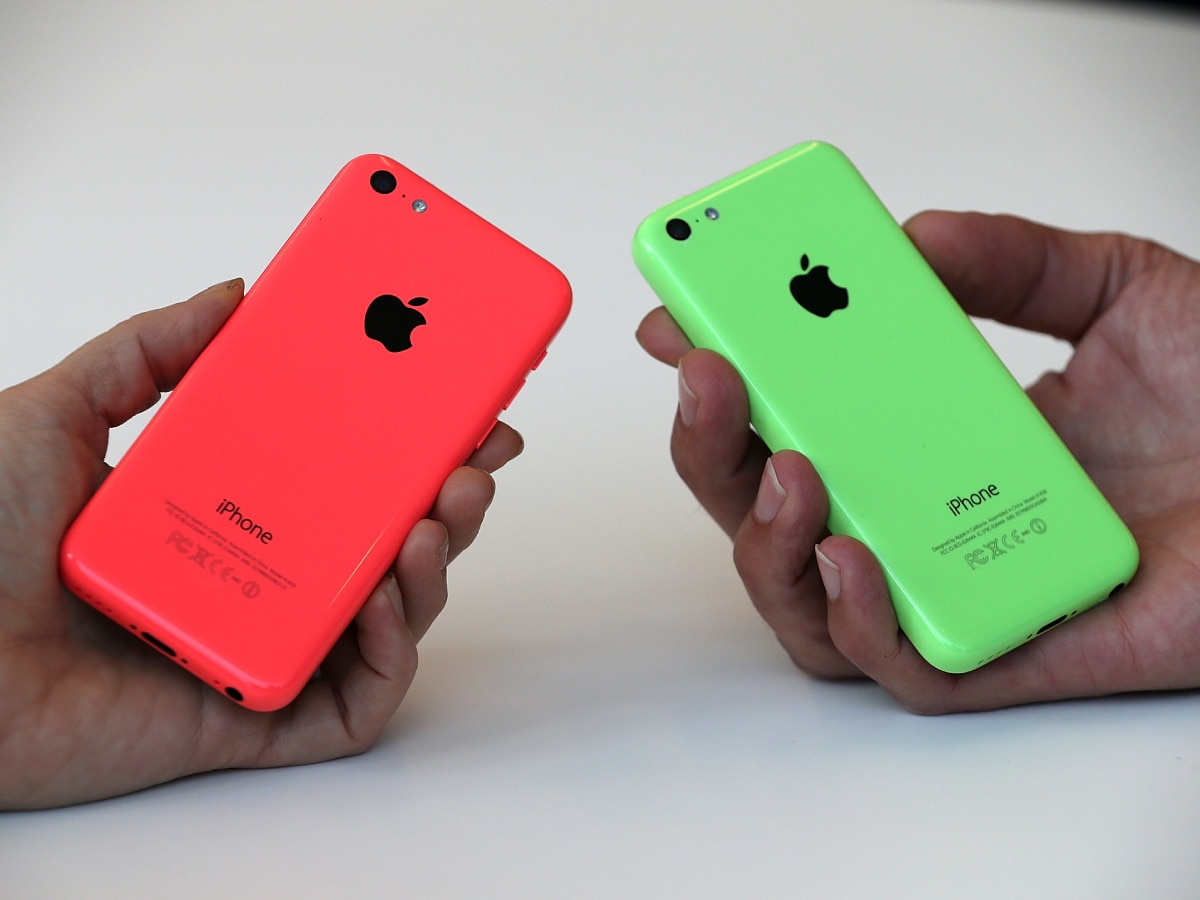
On September 10, 2013, Apple introduced two new models of the iPhone– the iPhone 5S and the iPhone 5C. This was the first time two iPhones had been released at the same event. The iPhone 5S was the 'actual' new iPhone with improvements like a better chipset, the A7, an 8-megapixel rear camera with true tone flash and new camera modes like Burst and Slo-Mo.
It was also the first iPhone to come with a fingerprint scanner/ TouchID integrated into the Home Button. The iPhone 5C on the other hand came with a lower price tag, and most of the innards of the iPhone 5, but with a very colourful plastic back.
While the iPhone 5S was quite a success, the iPhone 5C did not have the same impact and remains a one-off experiment that Apple did not repeat.
iPhone 6, iPhone 6 Plus: Bring On A REALLY Big Display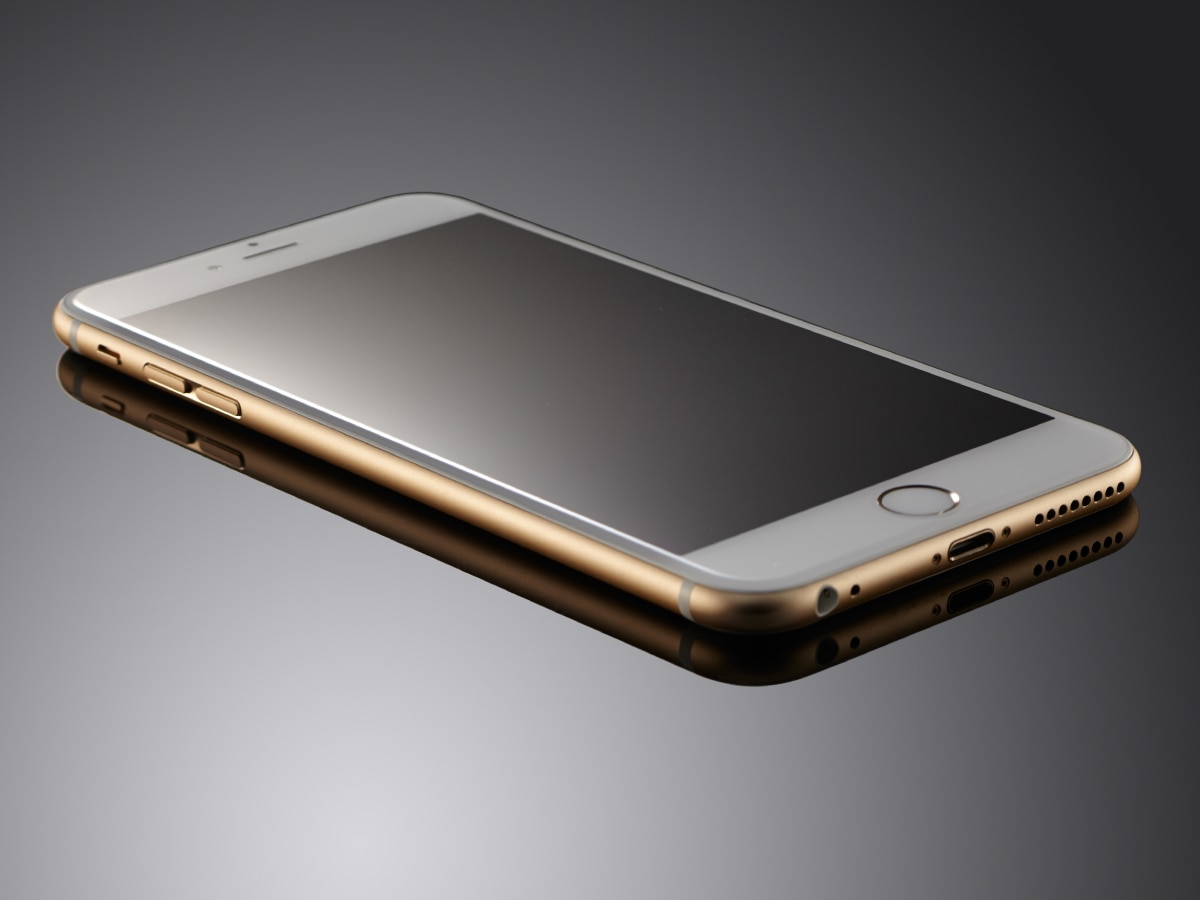
Launched on September 9, 2014, the iPhone 6 series saw Apple get on the big display bandwagon. It also marked the beginning of an era in which Apple would launch at least two iPhones at every event, one significantly larger than the other.
The iPhone 6 and 6 Plus came with 4.7-inch and 5.5-inch displays, respectively and featured a slimmer unibody aluminium design with curved sides. The Plus variant was the first iPhone with a full-HD display and also had a bigger battery, providing a solution to the poor battery life issues that had been plaguing the iPhone since the very beginning.
The phones came with a more powerful A8 processor, better video recording abilities and improved front cameras. These were also the first iPhone to introduce Apple Pay, a contactless payment method that would only require the user's TouchID.
iPhone 6S, iPhone 6S Plus: Betting On Speed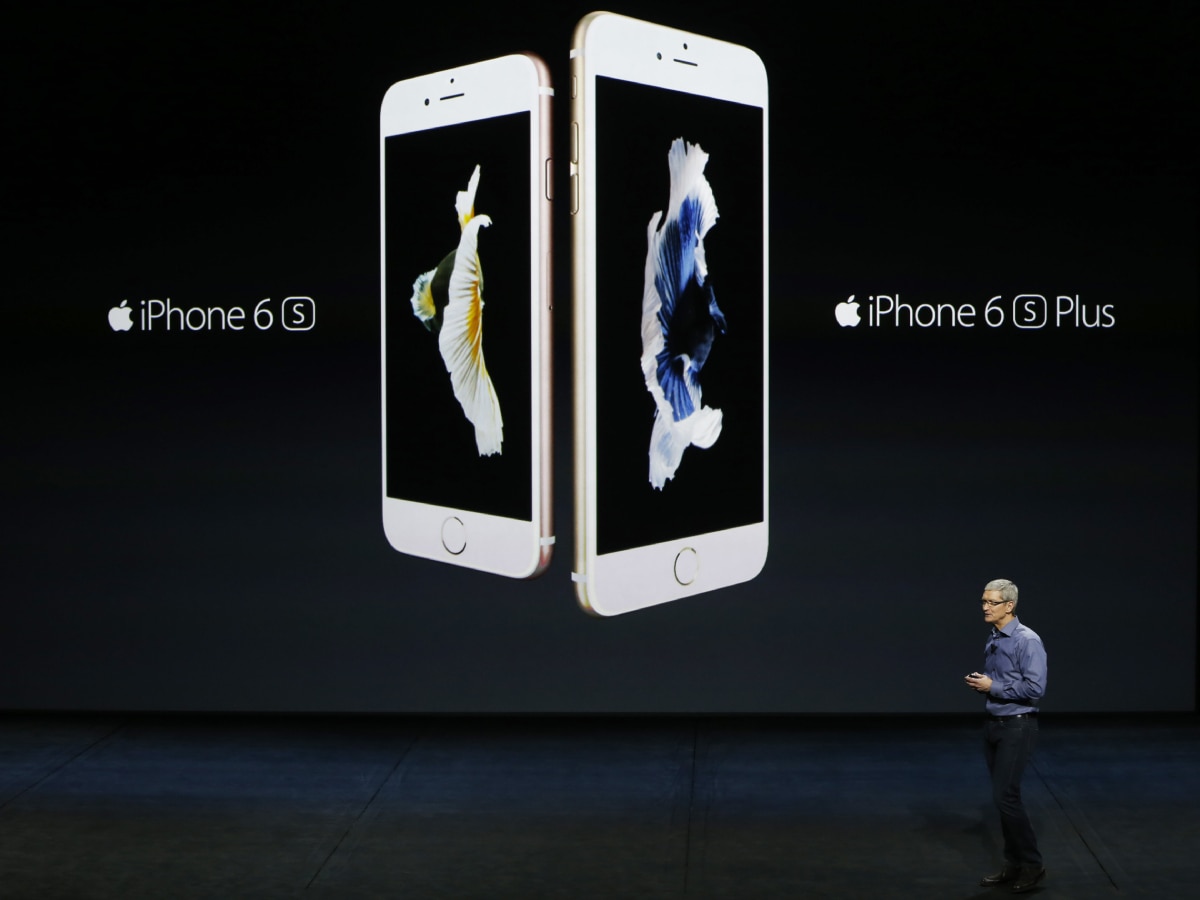
September 9, 2015, witnessed the launch of the iPhone 6S and the iPhone 6S Plus. In some ways, these were perhaps the most understated iPhone updates in the device's history.
While they retained the same design as their predecessors, the two phones came with improvements like a more powerful A9 Bionic processor, improved cameras and battery life.
Perhaps the most interesting feature to be introduced in these devices was 3D Touch, which brought up different options when you long-pressed the display. The iPhone 6S and 6S Plus also saw the arrival of Live Photos — images that moved when you pressed them.
iPhone SE: Small Is Beautiful
2016 saw Apple launching three different iPhone variants in the same year. First came the iPhone SE on March 21, 2016. The phone was basically the iPhone 6 in the body of an iPhone 5S.
It had a smaller 4-inch display but came with the A9 Bionic chipset and had the same 12-megapixel back camera, Live Photos, and 4K video recording, all while being compact to appeal to those who liked the small form factor of the earlier iPhones.
iPhone 7, iPhone 7 Plus: Welcome, Dual Cameras And Portrait Mode. Die, 3.5mm Port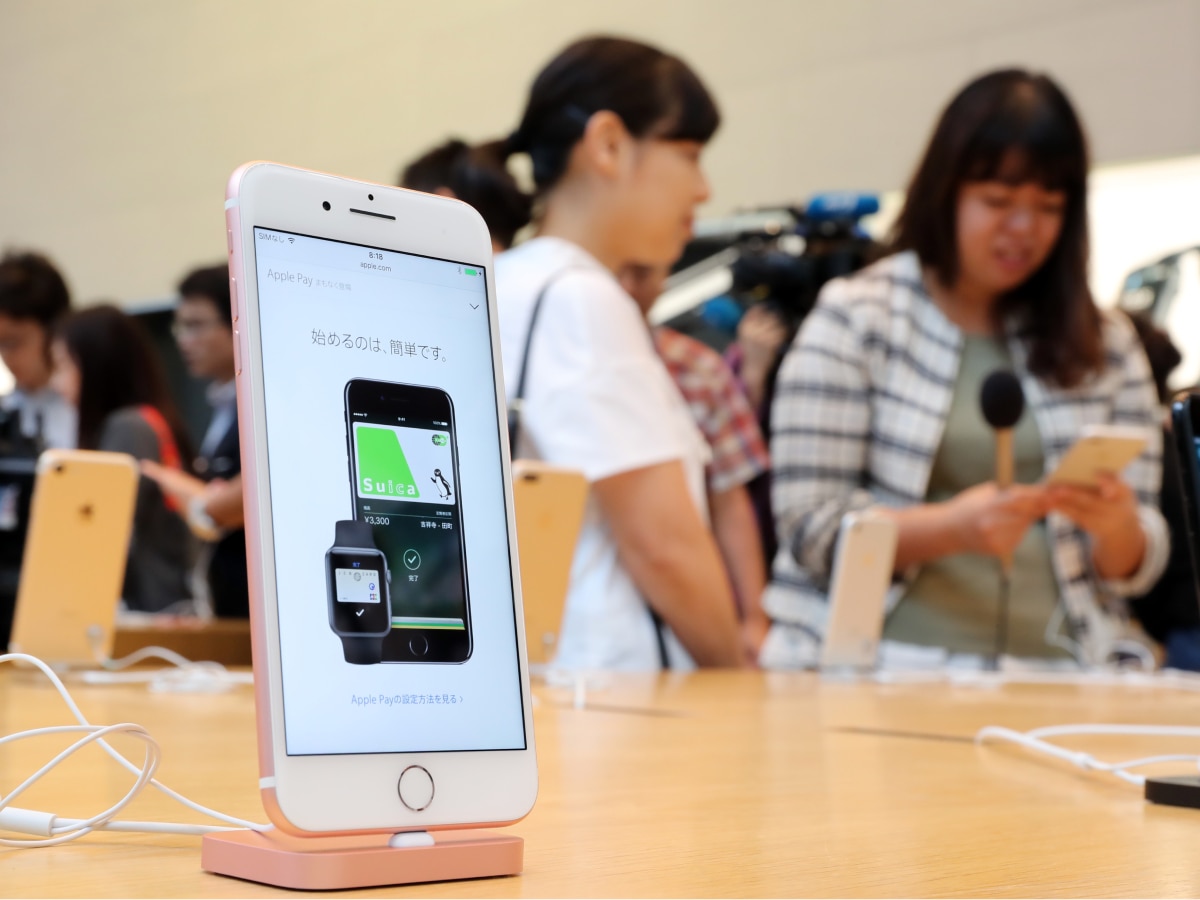
Apple introduced the iPhone 7 series on September 7, 2016. These represented a big step up in terms of features and functions and also saw the iPhone range focusing on cameras. Both phones came with cameras with optical image stabilisation (OIS).
The Plus model featured a dual camera, a first-ever on iPhone and introduced Portrait mode, in which a subject was kept in focus and the background blurred out. Apart from other generational changes like a better processor, OS and battery life, the iPhone 7 series also came with IP67 certification making the phones water and dust-resistant, another first for iPhones.
Apple also replaced the physical Home button with a digital one. The phones were also notable for not having 3.5mm audio jacks, sparking an immense hue and cry. Rivals mocked the iPhones for ditching the audio jack and then did so themselves in the coming days. Standard stuff!
iPhone 8, iPhone 8 Plus, iPhone X: The X Factor Cometh, With No Bezels And AMOLED
September 12, 2017, was a notable day in iPhone history. Apple launched three phones on this day, the iPhone 8, the iPhone 8 Plus, and a phone that pushed both of these to the sidelines, the iPhone X.
The iPhone X was special for a number of reasons, the biggest of which was the infamous Notch, which contained sensors and cameras that allowed you to unlock the phone and conduct transactions by just looking at it — Face ID had arrived.
The iPhone X also ditched the thick bezels that surrounded its large 5.8-inch OLED display (the first iPhone to use an OLED display) which stretched from edge to edge, and even got rid of the round Home button that had been a staple iPhone feature. It also came with what many considered to be a crazily premium price — $999.
They might have been overshadowed by the X-factor, but the iPhone 8 and the iPhone 8 Plus also had some substantial changes. They came with conventional iPhone designs, featuring a large Home button below the display, a glass back with aluminium sides, and ran on the new A11 Bionic processor. Also on board were wireless charging for the first time, AR abilities and Portrait Lighting, a feature that has been an iPhone staple ever since. But it was the X that dominated the show.
iPhone XS, iPhone XS Max, iPhone XR: A New Era Starts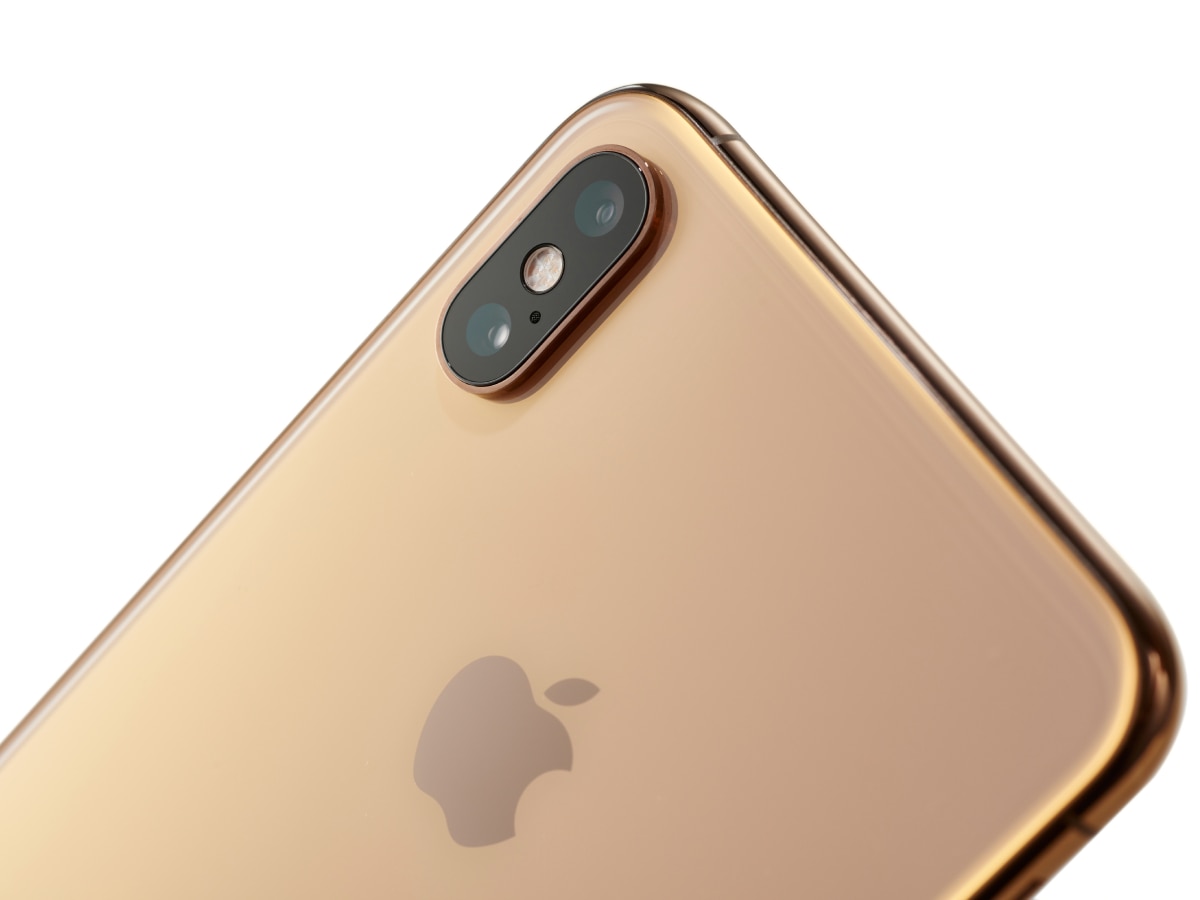
Announced on September 12, 2018, the iPhone XS, iPhone XR, and iPhone XS Max all followed the base design of the iPhone X, coming with bezel-less displays and a notch-driven Face ID.
The home button was history (although it made a brief comeback).
The iPhone XS and XS Max came with 5.8-inch and 6.5-inch OLED displays, making the iPhone Xs Max the biggest iPhone at that time. While the design remained the same as the iPhone X, these two iPhones brought improved IP68 dust and water resistance ratings, better FaceID, a faster A12 Bionic processor, and the ability to have two SIM cards, one physical, the other eSIM. Along with these two phones tagged a new member, the iPhone XR. This iPhone came with a big and unconventional display of 6.1-inch but with an LCD panel. There was also only a single camera on its back but the A12 processor inside ensured its performance and its battery performance was superb.
It also had a slightly inferior IP67 rating but came with a variety of colour options and most important of all, was the most affordable of the new iPhones, making it a good option for those looking for the latest iPhone on a budget — something that was of great importance as iPhone prices continued to rise and get into four-figure USD territory.
iPhone 11 Series: Here Come The Pros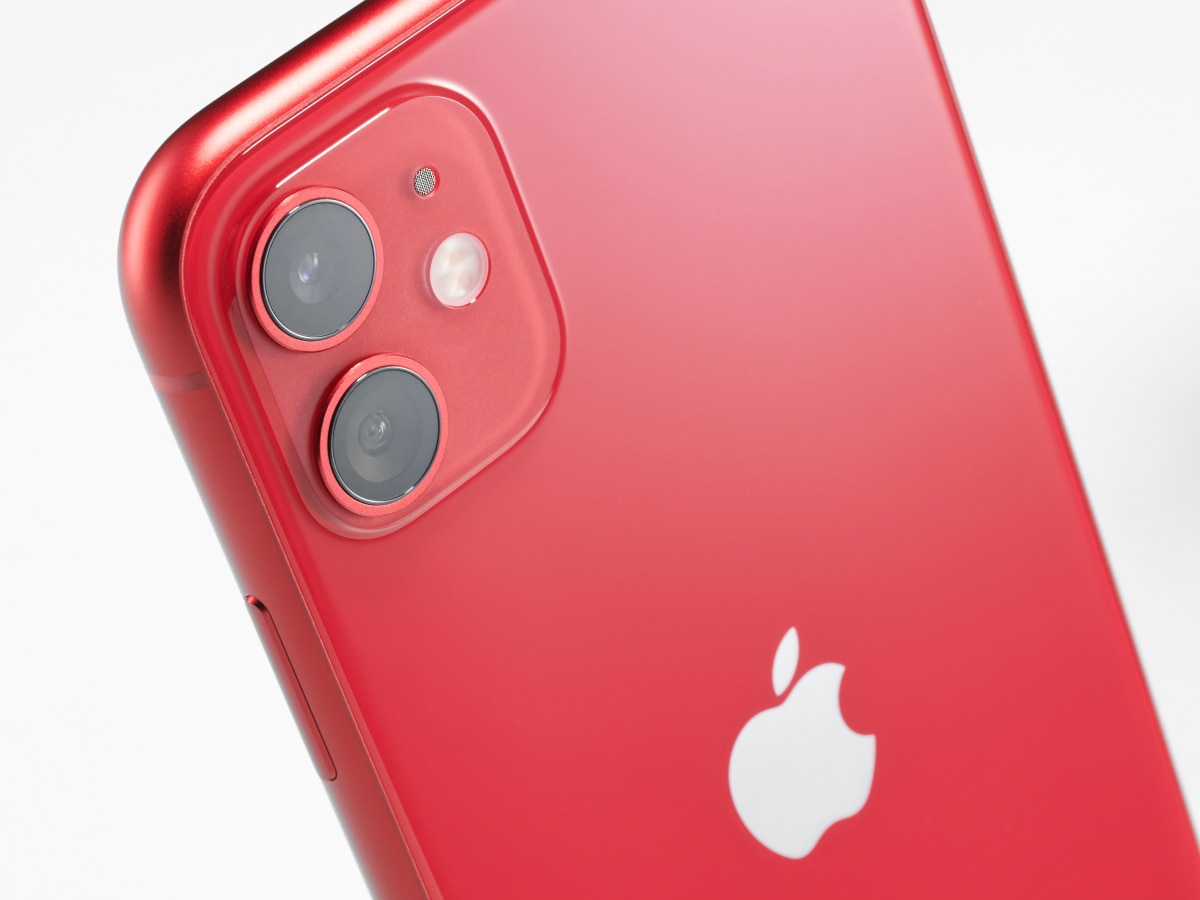
Apple launched the iPhone 11 series on September 10, 2019. In some ways, this series laid the foundation of the iPhone as we know it today, introducing two tiers of iPhones - a 'normal' iPhone and what Apple called 'Pro' iPhones. The iPhone 11 series comprised the iPhone 11, the iPhone 11 Pro and the iPhone 11 Pro Max. The phones came with the A13 Bionic processor and while the iPhone 11 featured a dual camera setup, the Pro bros brought in a triple camera setup which was a big step for the iPhones.
All three phones had two 12-megapixel sensors, one wide and another ultra-wide but the Pro versions had an added 12-megapixel telephoto sensor on board.
Significantly, all the devices came with 12-megapixel front-facing cameras, a big improvement over their predecessors. The Pro versions also had a better display OLED panel with higher resolution, while the iPhone 11 came with an LCD panel. The Pro versions were also much more expensive than the iPhone 11, which was positioned as the 'affordable' iPhone.
The Pros were targeted at content creators, while the regular iPhone was for well, regular users.
iPhone SE (2nd Generation): Small-Screen Wonder
Apple introduced the iPhone SE on April 15, 2020. It broadly stuck to the template of the original iPhone SE, offering good specs in a compact form factor. The new iPhone SE came with the latest A13 Bionic processor but In the body of the relatively smaller iPhone 8.
It came with a 4.7 inch LCD display, a single camera on the back, IP67 rating, and was also the most affordable new iPhone in the market, targeting those who still wanted a relatively compact phone and also had a relatively compact budget.
iPhone 12 Series: Playing The ‘mini’ Card, Kicking Out The Charger
Apple released the iPhone 12 series on October 13, 2020. And for the first time, an iPhone series had four models, bringing the number of iPhones released in the year to 5! This series had four models — the iPhone 12, the iPhone 12 mini, the iPhone 12 Pro and the iPhone 12 Pro Max. These were the first set of iPhones to come with 5G support, as well as MagSafe charging support, Apple's own wireless charging system as well as the inevitably better cameras and processor (the A14 Bionic).
They also featured the return of the straight sides and flat back that had been seen in the iPhone 4. The mini was the new addition which featured a small 5.4-inch display but with an edge-to-edge display, and with the same cameras as the iPhone 12. The Pro variants again had a triple camera setup and also brought along Ceramic Shield, a more brutal glass front and LiDAR-based autofocus system.
And after killing the 3.5mm audio jack, Apple ditched another phone feature with the iPhone 12 series - none of the new iPhones came with a charger, following the ‘no charger in the box’ concept which Apple claimed was for environmental reasons.
Cue more outrage among rivals and pundits, even while consumers bought the phones in millions.
iPhone 13 Series: Making iPhone 12 Better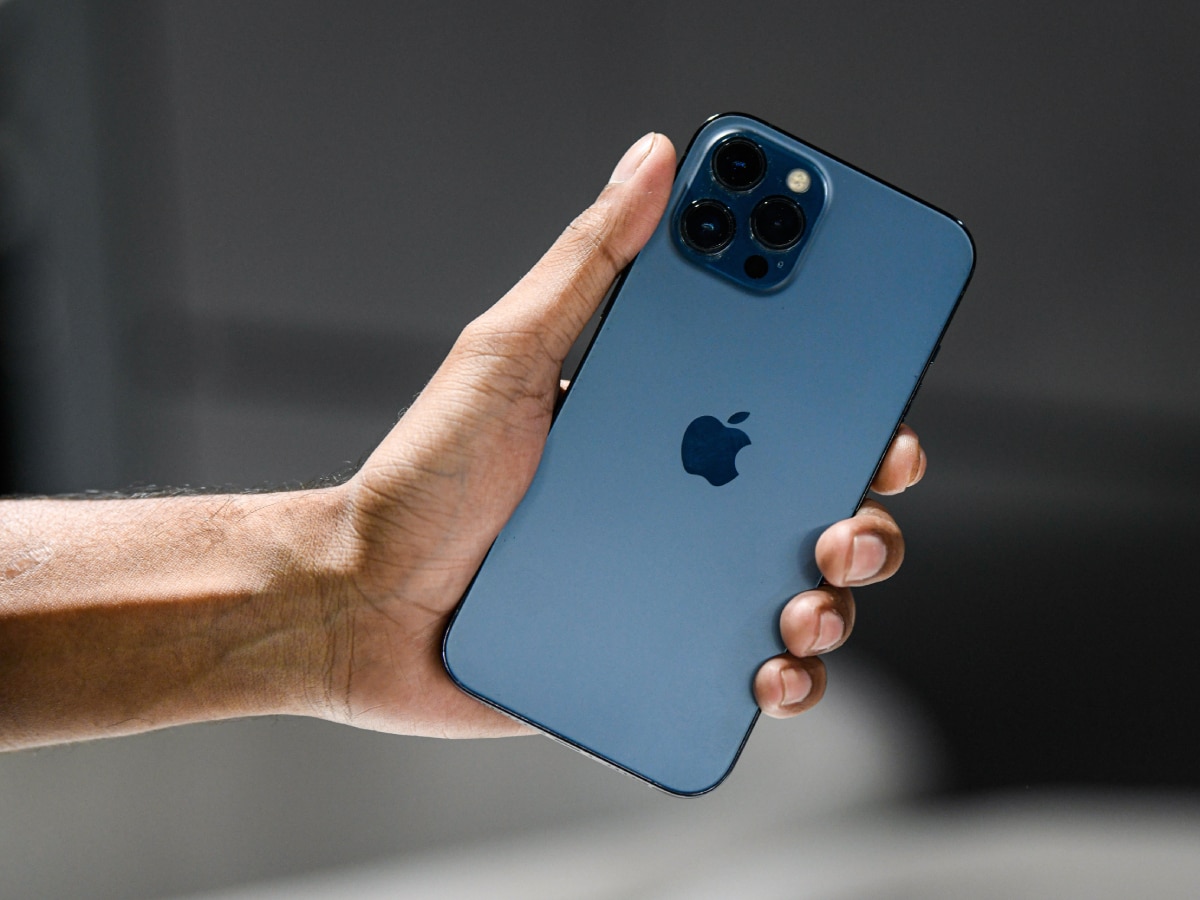
On September 15, 2021, Apple introduced the iPhone 13 line-up, comprising the iPhone 13, iPhone 13 Mini, iPhone 13 Pro and the iPhone 13 Pro Max. These were basically improved versions of the iPhone 12 series, sticking to broadly similar designs, and adding generational improvements, mainly in the form of a better processor, the A15 Bionic, as well as better battery life.
The iPhone 13 series also continued Apple's increased emphasis on camera prowess, introducing Cinematic Mode for videos, which allowed users to blur out the background while focusing on the subjects. The Pro models also got a 120 Hz refresh rate for their displays, a 5-core GPU for better gaming performance and an improved 3X telephoto sensor.
Once again, the Pros were significantly more expensive than the normal iPhones. All of the phones did well, except, rather oddly, the iPhone mini, which got rave reviews but did not sell in large numbers. It would be the last 'mini' phone from Apple.
iPhone SE (3rd Generation): Continuing The Small iPhone, Small Price Trend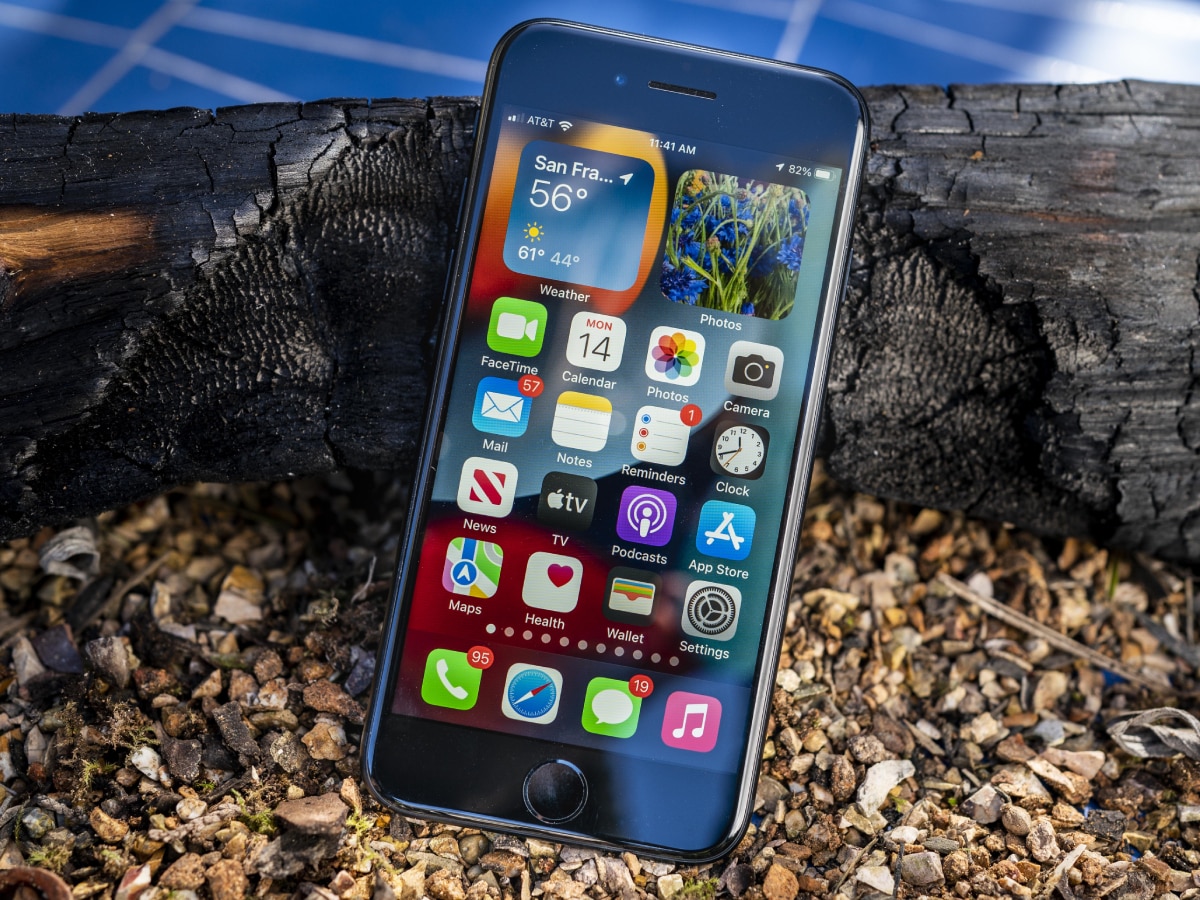
On March 8, 2022, Apple released the third edition of the iPhone SE. In terms of design, it was very similar to its predecessor, with an LCD display, a large Home button, and a single camera. However, what marked it out as unique was the fact that it came with a much lower price tag and featured the same A15 Bionic chip that was on the more expensive iPhone 12 series.
It also was one of the more compact phones in the market and came with 5G support and better battery life than its predecessor. Its USP remained its compact size and compact price.
iPhone 14 Series: Setting Sail For Dynamic Island, And Adding A ‘Plus’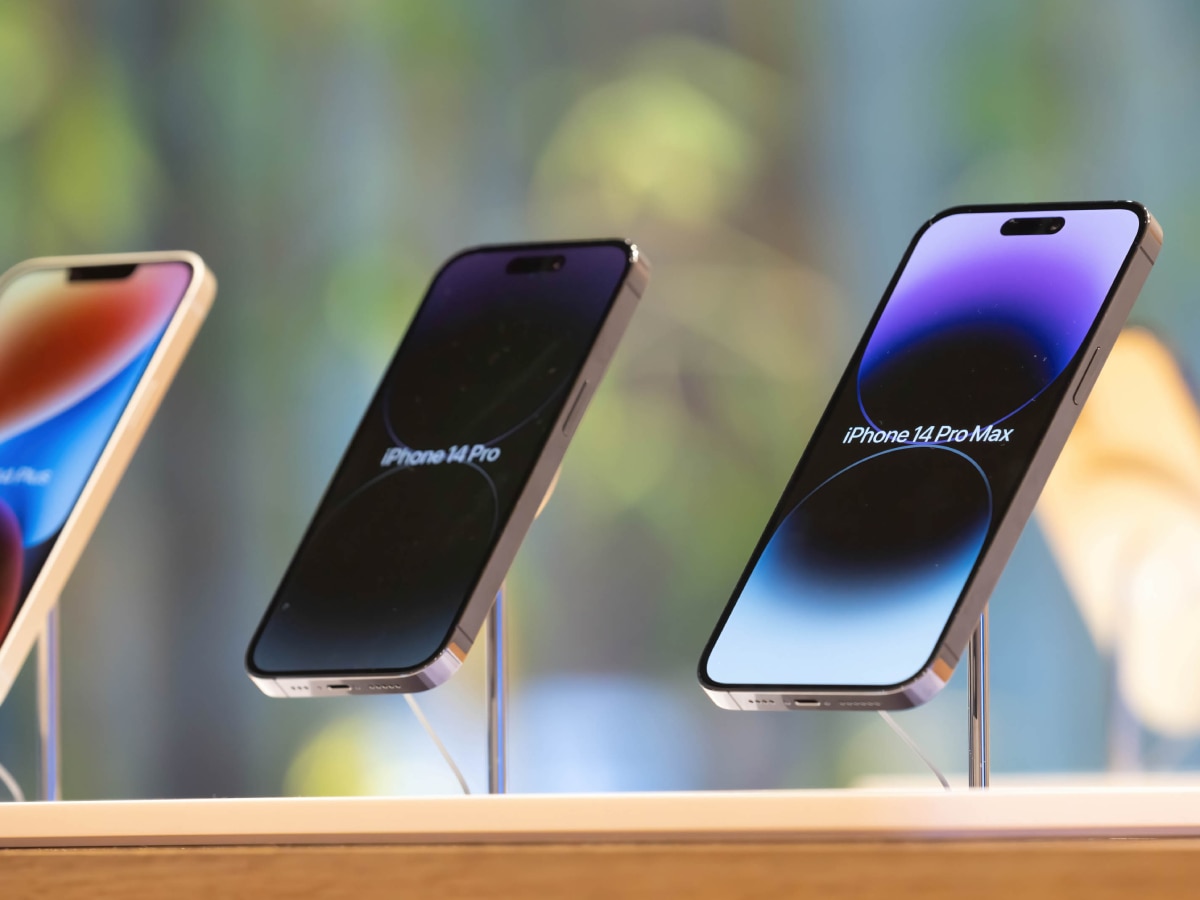
The iPhone 14 series comprising the iPhone 14, the iPhone 14 Plus, the iPhone 14 Pro and the iPhone 14 Pro Max arrived on September 7, 2022. While the design language of the phones remained largely the same as their predecessors, the series saw Apple shift gear and introduce a new feature called Dynamic Island on the Pro models of the iPhone 14 series.
While the non-pro models had the same old notch, the Pro models came with a floating notch that shifted shape depending upon the task being carried on the phone, making the notch interactive. The Pro Models also came with a new A 16 Bionic chipset, an always-on display and also joined the megapixel wars with a 48-megapixel main sensor on the back. The Pro-less models featured the slightly older A15 Bionic chip seen on the iPhone 13 Pro and still had dual 12-megapixel sensors.
The iPhone 14 series also saw the end of the iPhone mini range, with Apple instead introducing the iPhone 14 Plus, with a large 6.7-inch display and a bigger battery. Crash detection and a satellite SOS emergency system were also added to the feature list.







































